Fabiola Cabeza de Baca
Established Extension Programs in Hispanic and Pueblo Communities
(b. 1894, La Liendra, NM–d. 1991, Albuquerque, NM)
“I learned the customs, food habits, religions, languages, and folkways of different national groups. They were all simple, wholesome people living from the soil… My education was from books; theirs came the hard way. It was superior to mine.
From We Fed Them Cactus by Cabeza de Baca
One of New Mexico State University's first Spanish-speaking home demonstration agents, Fabiola overcame many barriers to provide life-changing educational opportunities for low-income New Mexicans living in remote Hispanic and Pueblo communities. She then carried the wisdom and traditions of rural people to larger audiences.
Throughout her life, Fabiola worked to bring useful knowledge and technology to rural places. She translated government notices into Spanish, hosted a bilingual radio program, and organized markets for Native American artisans’ products. She wrote for the Nuevo Mexicana newspaper, sharing the wisdom she encountered as she worked in villages.

Graduating from New Mexico Normal School (teacher training school) in Las Vegas, Fabiola taught in a remote one-room school in Mesa Rica, Guadalupe County. Because many of her students spoke only Spanish, she fashioned her own bilingual reader, encouraging her students to teach each other their traditional songs, stories and customs. She visited pupils’ homes, listening and learning their concerns, and often staying overnight to build mutual trust with the families she served. After teaching for almost a decade, she earned a second degree from what is today called NMSU.

She became Extension district agent for Santa Fe and Rio Arriba counties and later the first Extension agent assigned to New Mexico’s Pueblos. She is believed to have learned to speak Tewa and possibly Towa to better communicate with the communities she served at Nambé, Pojoaque, San Ildefonso, Ohkay Owingeh (then called San Juan), Santa Clara, Tesuque and Jemez Pueblos. Traveling through her district with large pressure canners, Fabiola taught food preservation, emphasizing food safety to protect families from deadly botulism poisoning. In those days, people ate fresh fruits and vegetables only at harvest, and meat was traditionally preserved by drying.
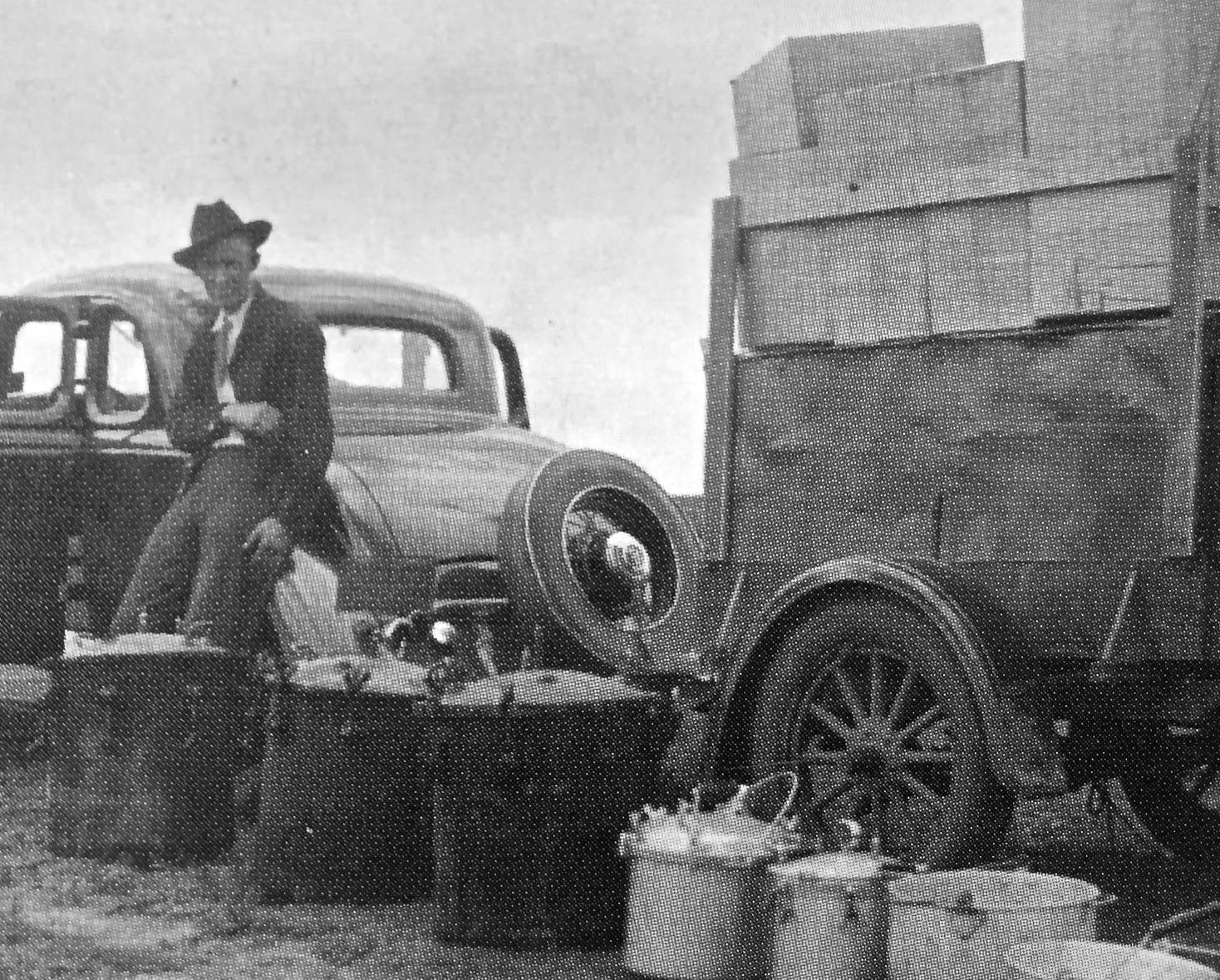
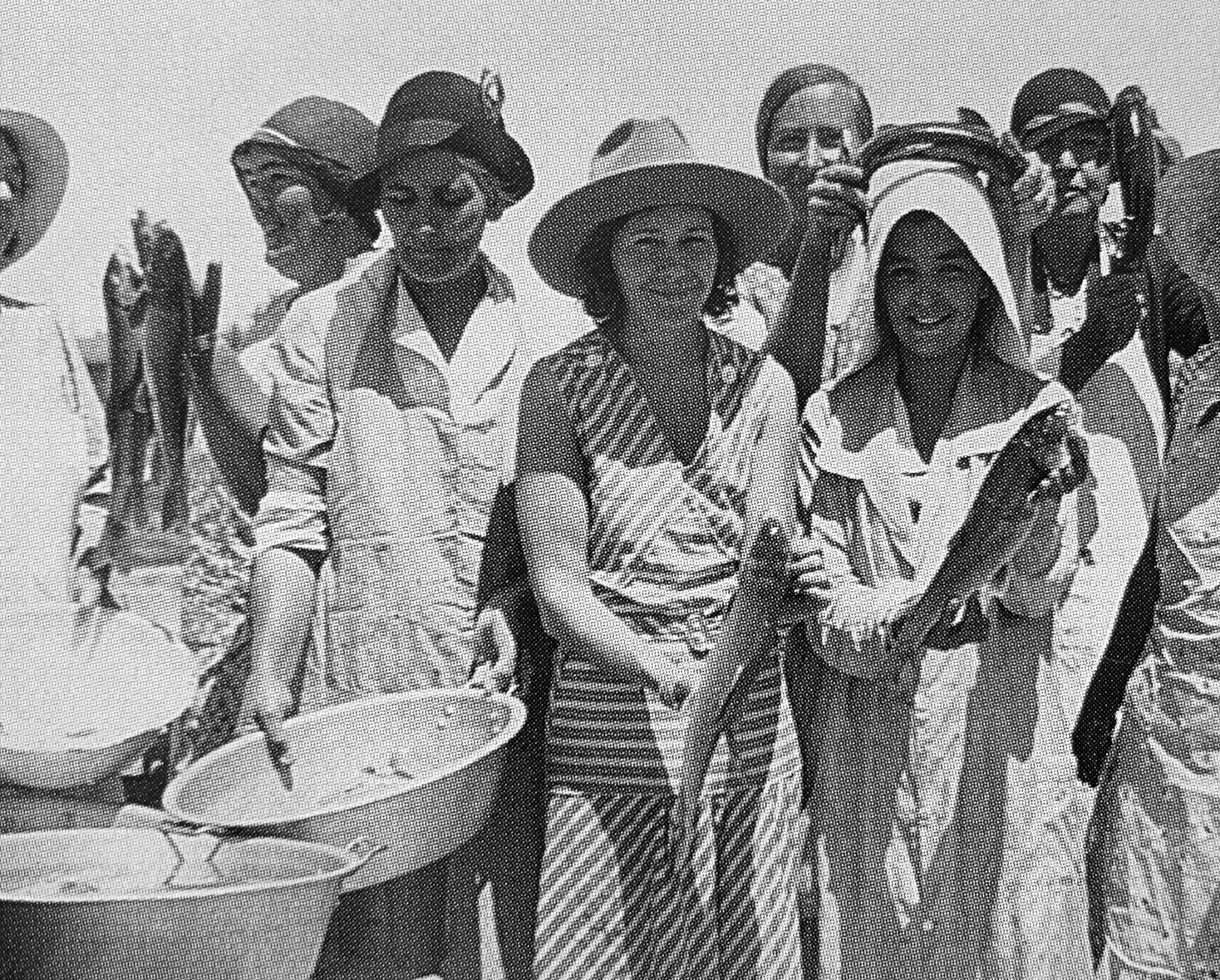
In the 1930s Fabiola lost her leg after her car was struck by a train, so she used a wooden leg the rest of her life. What did not change was her determination to help improve the lives of New Mexican families. In 1947, she became NMSU’s district Extension agent-at-large for six counties, covering a huge region in rural Northern New Mexico. Most of these communities were without running water, paved roads, electricity, or telephones. Fabiola encouraged community action, helping local people mobilize to obtain more public services for their families and communities. She encouraged boys and girls to participate in co-ed 4-H projects, including agriculture projects and handicrafts.
The first to document the U-shaped fried taco shell, Fabiola helped popularize New Mexican food and green chile throughout the nation. She became a nationally known writer, sharing the traditions, folklore, herbal remedies, religious rituals, recipes and farming practices of Indigenous, Spanish, Mexican and Anglo families in Northern New Mexico in her widely distributed books Historic Cookery (1939), The Good Life (1949), and We Fed Them Cactus (1954).
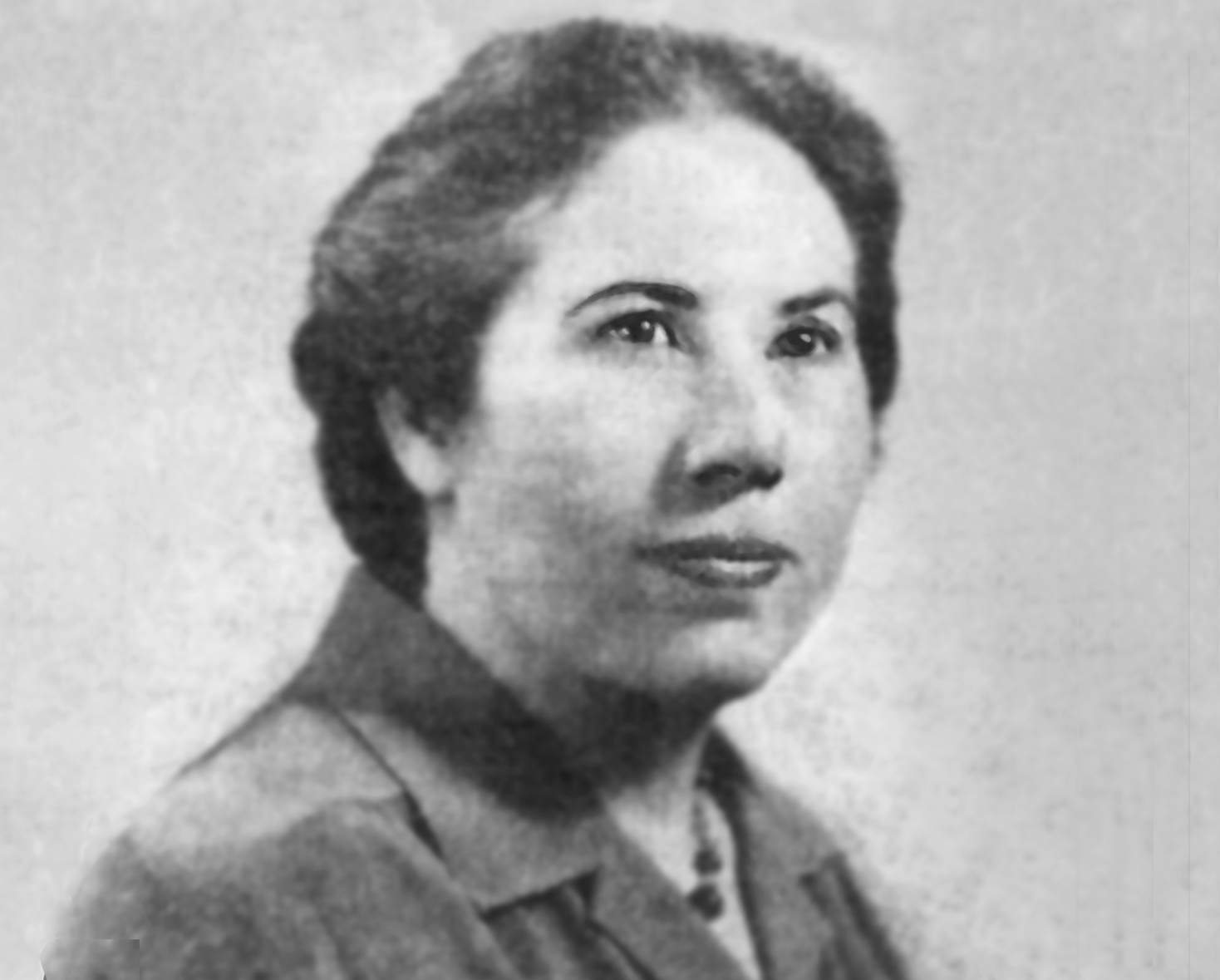
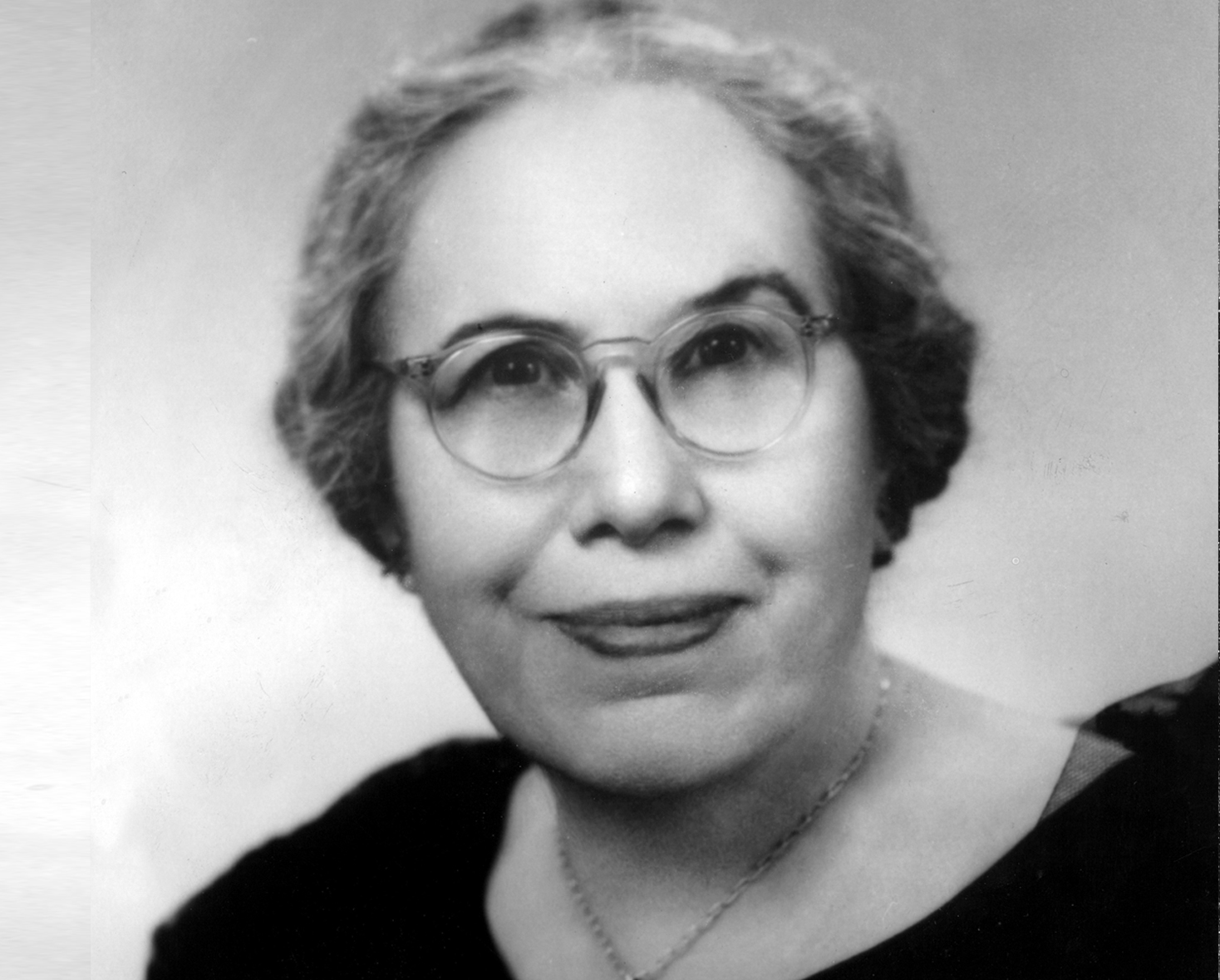
In her later years, Fabiola served with a United Nations mission to Mexico and trained Peace Corps volunteers, continuing her work in education, cultural sensitivity and community building. Her lifelong zeal and respect for people of all ethnicities and economic levels put a unique stamp on the Cooperative Extension Service, not only in New Mexico but also across the nation.

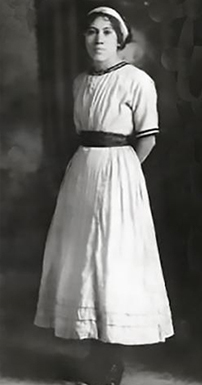
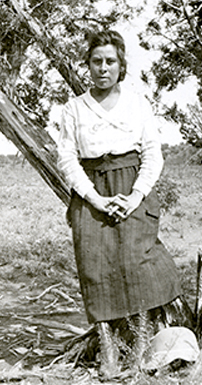

- Poster about Fabiola Cabeza de Baca
This downloadable poster provides the information in PDF form.